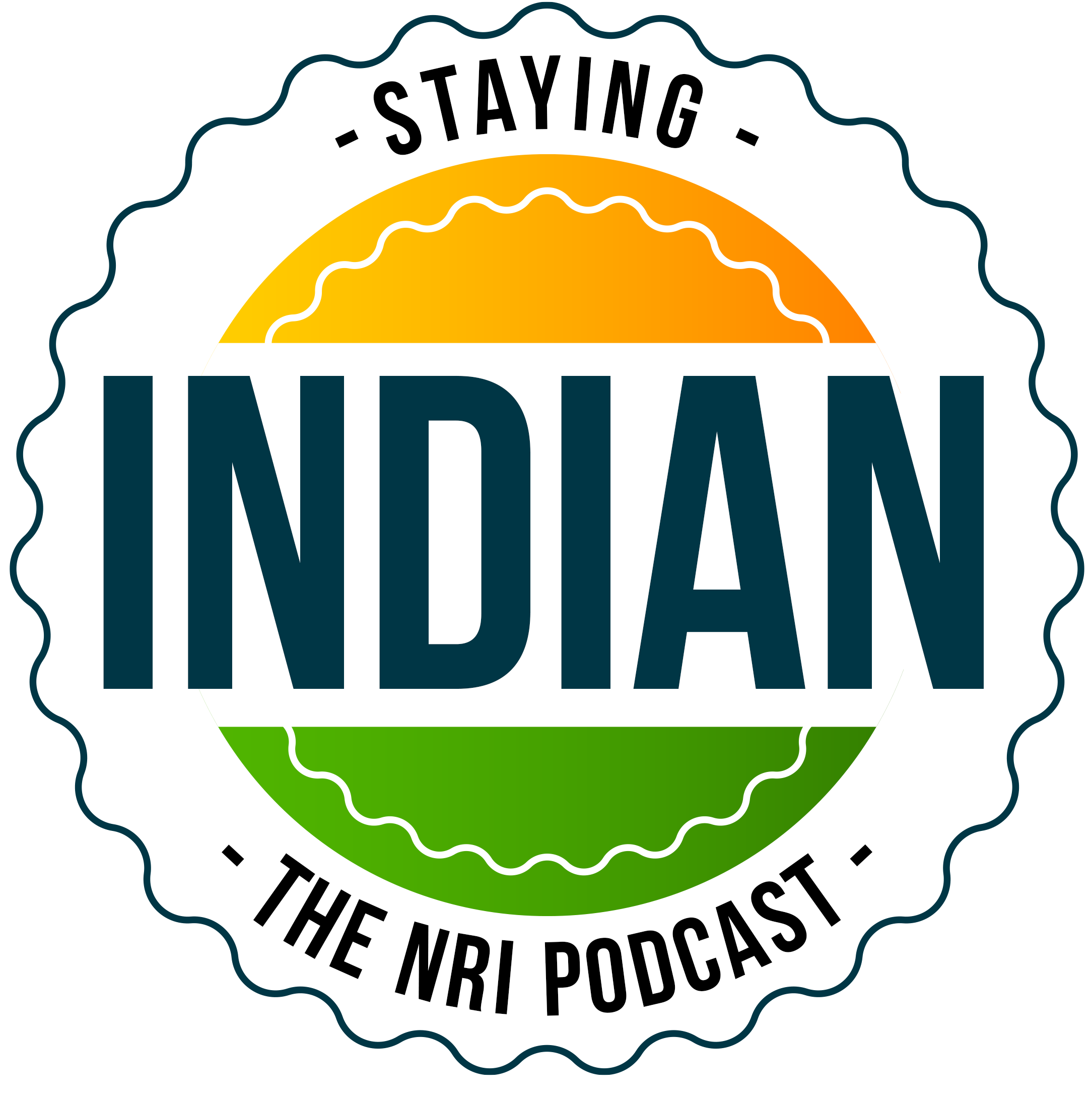Access to quality healthcare is a fundamental aspect of a well-functioning society. When individuals move to a new country, understanding the healthcare system becomes essential for their overall well-being. Rajeev, a passionate advocate for immigrant support, shares his insights into the contrasting medical services in Sweden and India. Through his own experiences and interactions with the healthcare systems, Rajeev sheds light on the strengths and differences that exist between the two countries.
In Sweden, Rajeev highlights the efficiency and accessibility of the healthcare system. The emphasis on preventive care, patient-centered approach, and comprehensive coverage impresses him. The Swedish system provides universal healthcare to its residents, ensuring that everyone has access to necessary medical services, regardless of their socioeconomic status. Rajeev also notes the seamless coordination among healthcare professionals, which contributes to a holistic and efficient patient experience.
On the other hand, Rajeev compares this with his observations of the healthcare system in India. He acknowledges the vastness and complexity of the Indian healthcare system, where both public and private sectors play significant roles. He discusses the challenges faced by individuals in navigating the system, including long waiting times, overcrowded hospitals, and varying quality of care. Rajeev also explores the cultural differences in approaches to healthcare and the importance of health insurance in India.
Throughout the article, Rajeev addresses several aspects of medical services in both countries, such as primary care, specialized treatments, emergency services, affordability, and patient satisfaction. He emphasizes the need for awareness and understanding of the healthcare systems to ensure immigrants can effectively access and utilize the services available in their new home country.
Reach us with questions on :
What are the key differences between the healthcare systems in Sweden and India?
How does the accessibility of medical services in Sweden compare to that in India?
What are the main advantages of the Swedish healthcare system according to Rajeev?
How does preventive care play a role in the Swedish healthcare system?
What are the challenges immigrants may face in accessing healthcare in Sweden?
How does the Indian healthcare system handle primary care services?
What are some notable differences in patient experiences between Sweden and India?
How do emergency services differ between the two countries?
What role does health insurance play in accessing medical services in India?
How does patient satisfaction in Sweden compare to that in India?
Are there any specific medical treatments or procedures that stand out in either country?
How does the cost of medical services compare between Sweden and India?
Are there any cultural differences in approaches to healthcare between the two countries?
How does the Swedish healthcare system prioritize patient-centered care?
What measures are in place to address overcrowding in Indian hospitals?
How can immigrants in Sweden navigate the healthcare system effectively?
What can India learn from the Swedish healthcare system, and vice versa?
What role does technology play in healthcare services in both countries?
Are there any initiatives or policies in place to improve healthcare accessibility in India?
How can immigrants in Sweden stay informed about the healthcare services available to them?
Hashtags:
#MedicalServices, #HealthcareComparison, #SwedishHealthcare, #IndianHealthcare, #AccessToCare, #PatientExperience, #PreventiveCare, #HealthInsurance, #EmergencyServices, #AffordableHealthcare, #PatientSatisfaction, #PrimaryCare, #SpecializedTreatments, #CulturalDifferences, #HealthcareAwareness, #NavigatingTheSystem, #ImmigrantHealth, #QualityOfCare, #HealthcareTechnology, #ImprovingAccessibility

